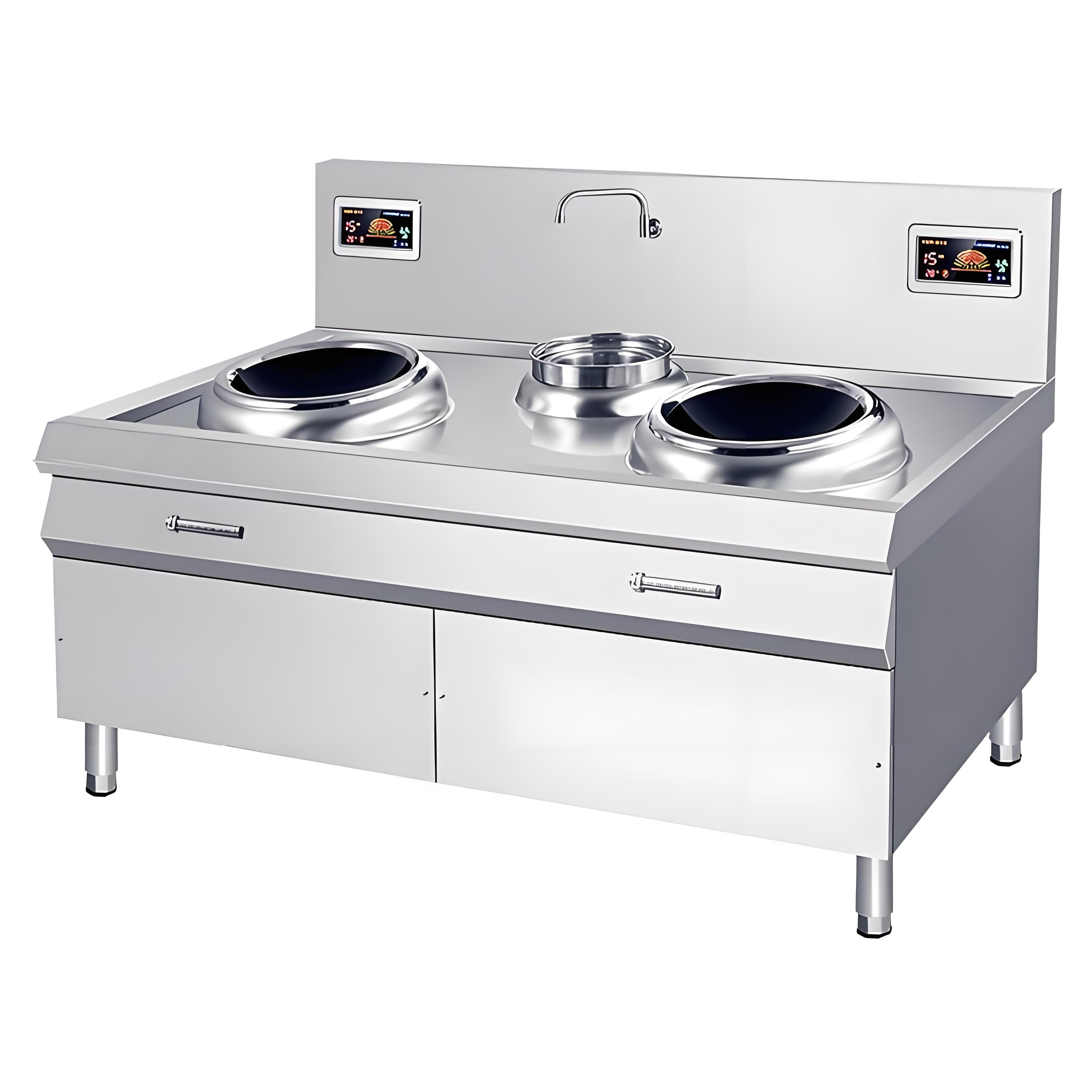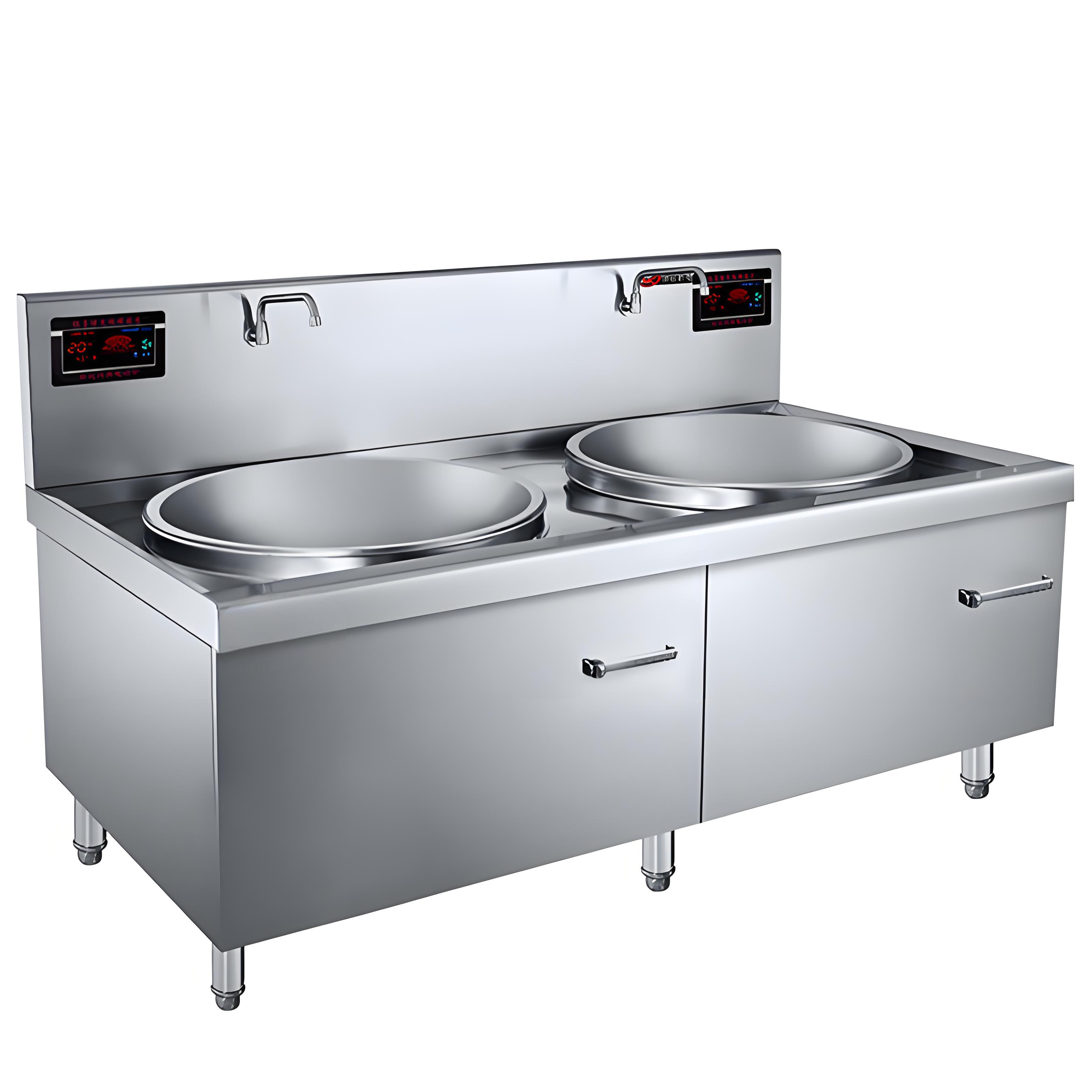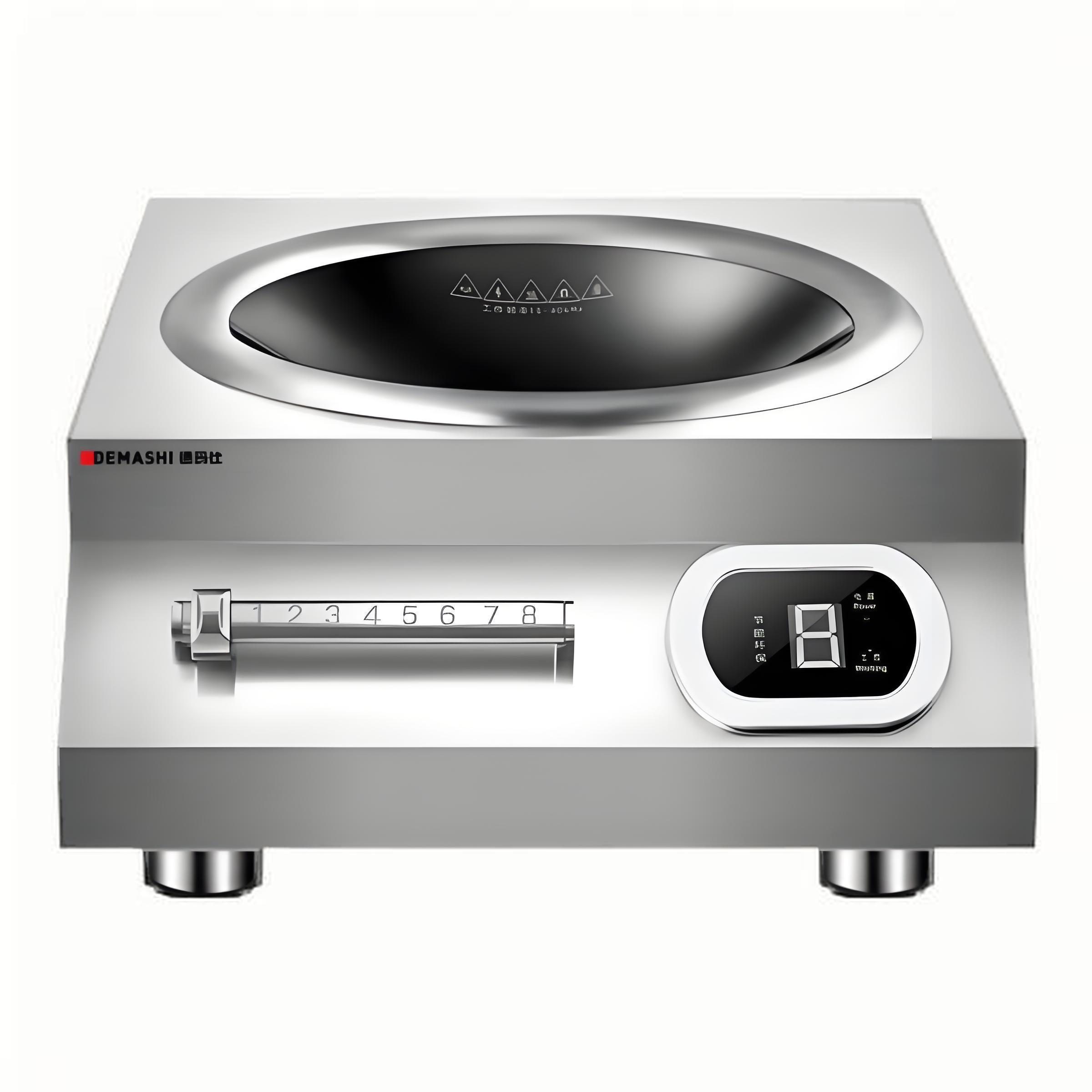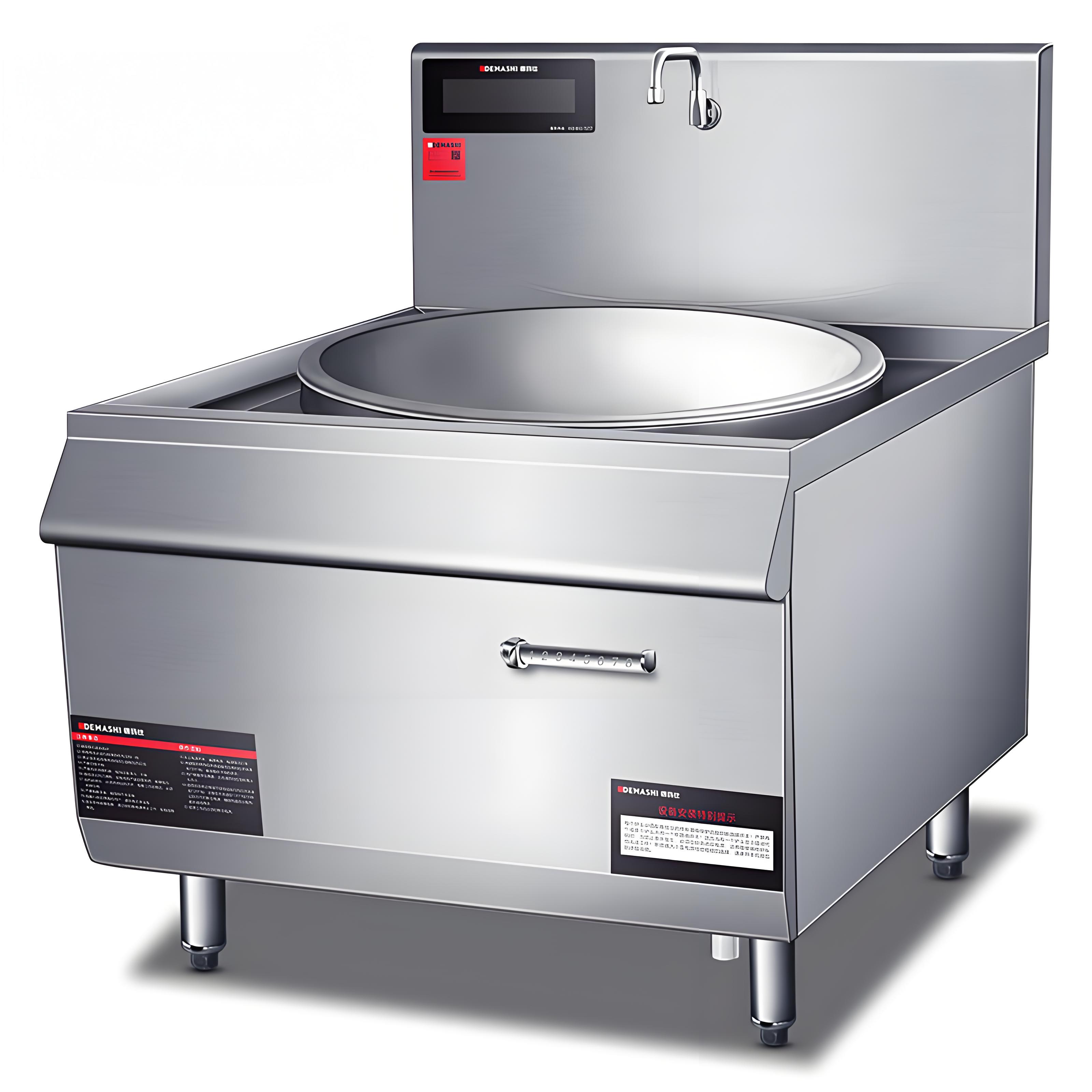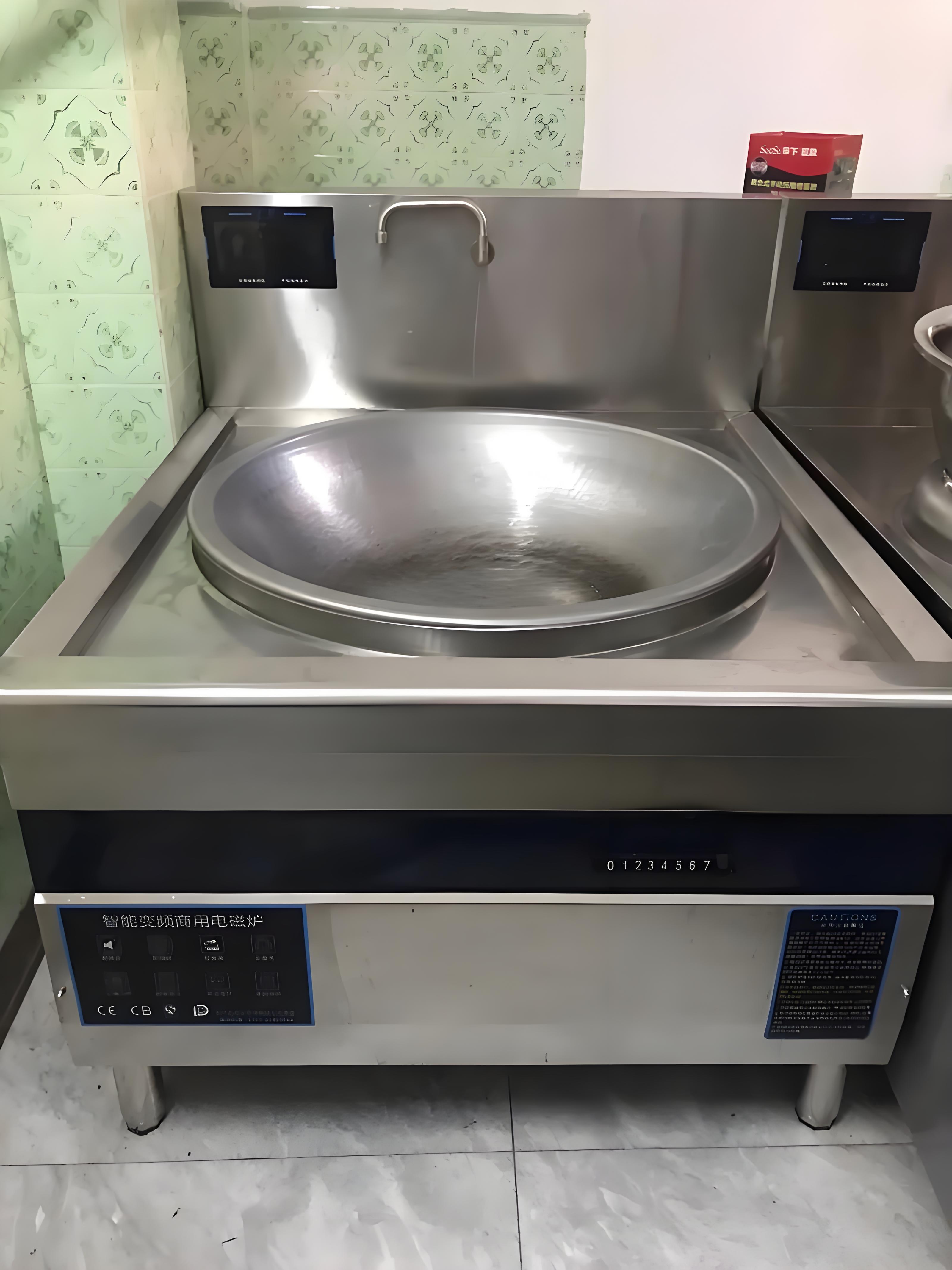After spending years working with commercial kitchen equipment, from sourcing to servicing, I’ve seen how the right tools can transform a kitchen’s efficiency and output. One piece of equipment that’s been gaining attention is the integrated commercial induction cooktop—a built-in solution that’s sleek, powerful, and increasingly popular in professional kitchens. But is it the right choice for your restaurant, hotel, or catering business? As someone who’s installed, tested, and repaired these units across countless kitchens, I’ll walk you through the advantages and disadvantages of integrated induction cooktops, based on real-world experience and feedback from chefs and kitchen managers. My goal is to help you decide if this technology fits your operation.
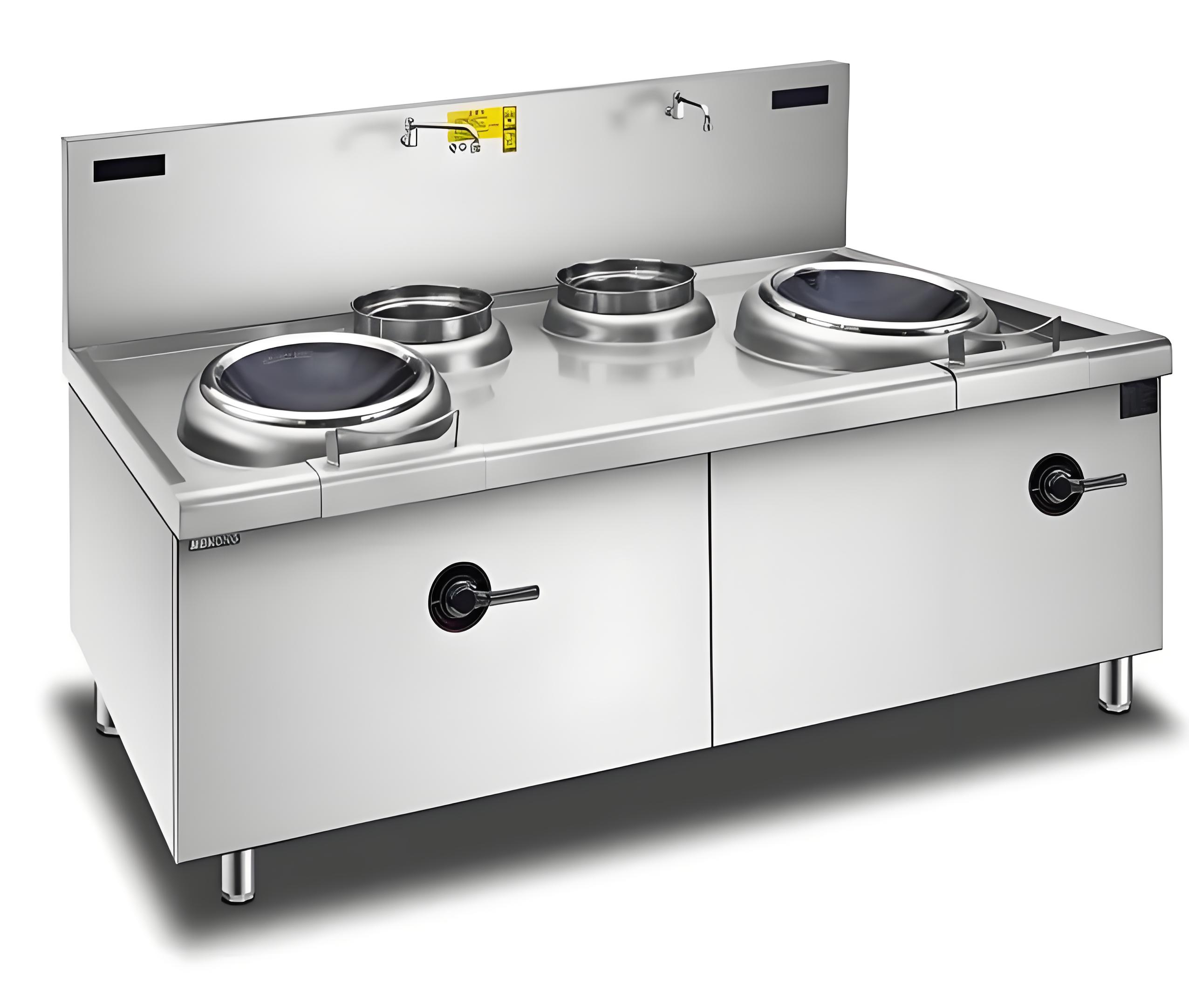
Understanding Integrated Commercial Induction Cooktops
Before diving into the pros and cons, let’s clarify what I mean by integrated commercial induction cooktops. Unlike portable countertop models, these units are built into the kitchen’s counter or cooking line, much like a traditional gas range. They’re designed for seamless integration, offering a polished look and high performance for professional settings. Brands like Garland, Electrolux, and Vollrath lead the market with models that range from dual-zone units to full-range setups with multiple cooking zones.
I’ve worked with kitchens that swear by these systems for their modern aesthetic and powerful output, but I’ve also seen others hesitate due to cost or installation challenges. Below, I’ll break down the key benefits and potential drawbacks to help you make an informed decision.
Advantages of Integrated Commercial Induction Cooktops
Integrated induction cooktops have earned a strong reputation in the industry, and for good reason. Here’s why they’re a top choice for many professional kitchens:
1. Seamless Design and Space Efficiency
One of the first things chefs notice about integrated cooktops is their sleek, flush design. Because they’re built into the counter, they create a streamlined workspace that maximizes counter space. In a busy kitchen where every inch counts, this is a big win. I once helped a boutique restaurant in Seattle redesign their line with an Electrolux integrated cooktop, and the chef raved about how it freed up room for prep without sacrificing cooking power.
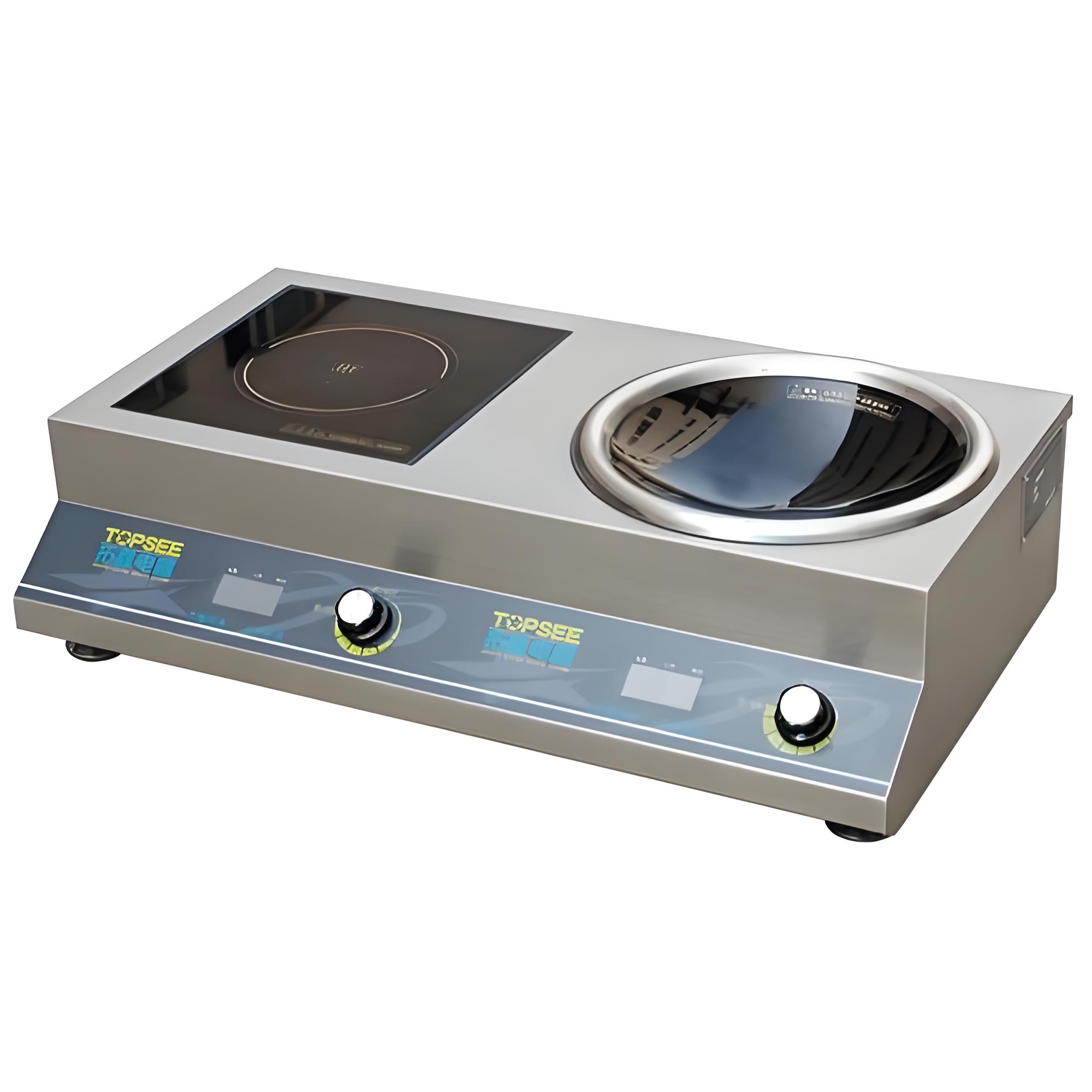
2. High Power and Precision
Integrated units are typically designed for heavy-duty use, with power outputs ranging from 3000W to 7000W per zone. This makes them ideal for tasks like searing, boiling, or stir-frying in high-volume settings. The precise temperature control is another standout feature—chefs can set exact temperatures, which is crucial for delicate dishes like sauces or custards. In my experience, models like the Garland Induction Built-In Line excel here, offering real-time temperature adjustments that rival lab equipment.
3. Energy Efficiency
Induction technology is inherently efficient, heating cookware directly rather than wasting energy on the surrounding air. Integrated models take this a step further with optimized power delivery across multiple zones. A hotel kitchen I worked with reported a 20–30% reduction in energy costs after switching from gas to an integrated induction system. For businesses watching their bottom line, this can be a significant long-term saving.
4. Enhanced Safety
Safety is paramount in a commercial kitchen, and integrated induction cooktops shine here. Their cool-to-the-touch surfaces reduce burn risks, and features like automatic shut-off kick in when no cookware is detected. I’ve seen these features prevent accidents during chaotic dinner services, especially in kitchens with less experienced staff.
5. Easy Cleaning and Maintenance
The smooth ceramic glass surface of integrated cooktops is a breeze to clean compared to gas ranges with their grates and burners. A quick wipe with a damp cloth is often all it takes, which saves time during post-service cleanup. One chef I know called this a “sanity saver” after long shifts. Plus, the lack of open flames or exposed heating elements means fewer nooks for grease to hide.
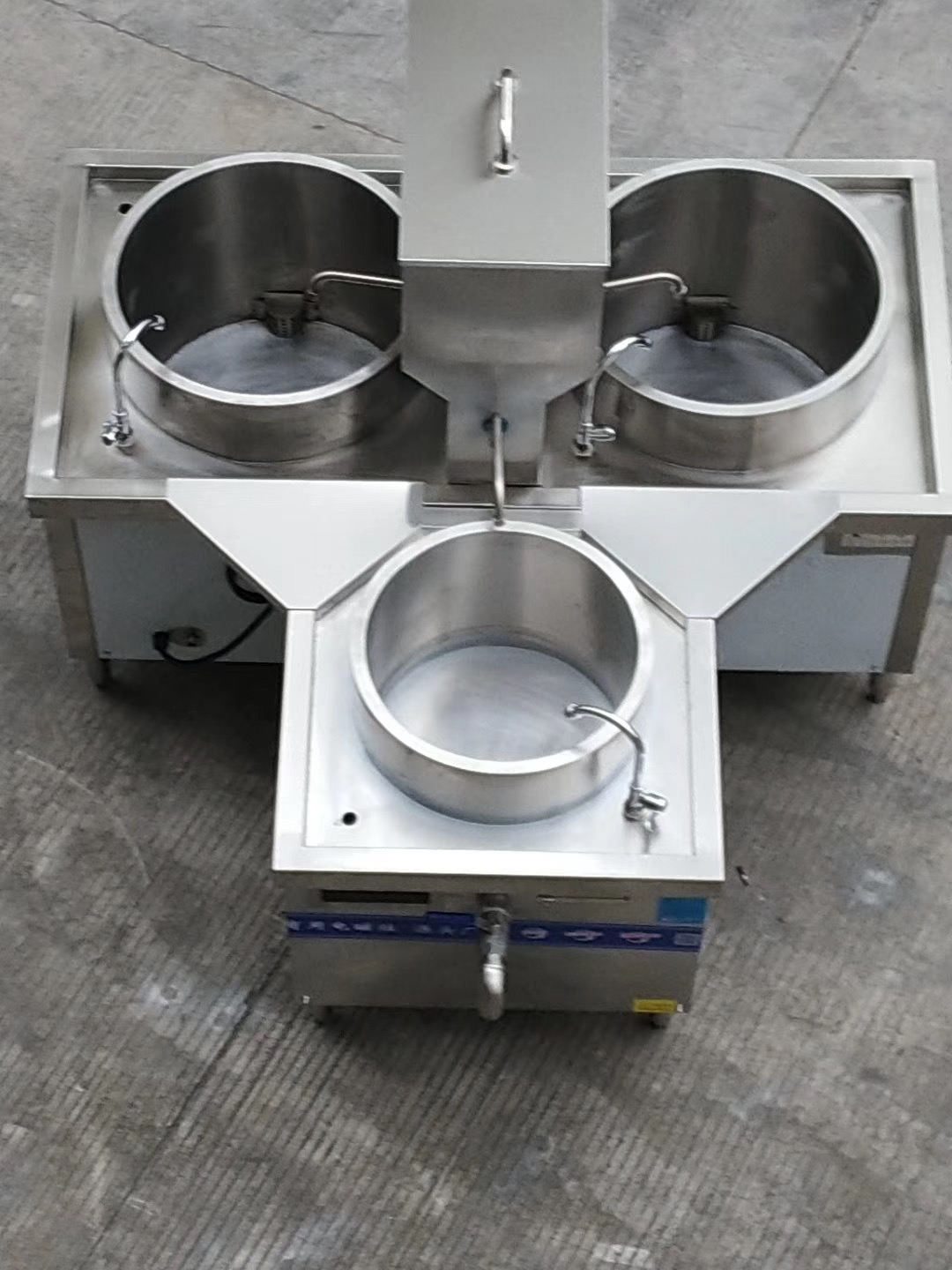
6. Professional Aesthetic
In open kitchens, where diners can see the cooking action, the modern, polished look of integrated induction cooktops adds a touch of sophistication. I’ve worked with fine-dining restaurants that chose these units specifically to elevate their kitchen’s visual appeal, making it a selling point for customers.
Disadvantages of Integrated Commercial Induction Cooktops
While the benefits are compelling, integrated induction cooktops aren’t without their challenges. Here are the key drawbacks to consider:
1. High Upfront Cost
Integrated units are a significant investment, often costing $5,000–$20,000 depending on the size and features. This is a hurdle for smaller operations or startups. I recall a small bistro that loved the idea of an integrated system but opted for portable units due to budget constraints. The installation costs, including custom counter modifications, can also add up.
2. Complex Installation
Unlike portable cooktops, integrated models require professional installation, which can disrupt kitchen operations. You’ll need to ensure your kitchen has the right electrical infrastructure (typically 208–240V, 3-phase power) and enough counter space. I’ve seen kitchens delay their opening by weeks because they underestimated the electrical upgrades needed for a Vollrath Built-In Induction Range.
3. Cookware Compatibility
Induction cooktops require ferromagnetic cookware, such as cast iron or certain stainless steels. If your kitchen relies on aluminum or copper pans, you’ll need to invest in new cookware, which can cost hundreds or thousands of dollars. One catering company I worked with had to replace half their pots and pans to use their new integrated system effectively.
4. Limited Portability
Once installed, these cooktops are fixed in place, which can be a drawback for kitchens that need flexibility, like catering businesses or food trucks. If you rearrange your kitchen layout frequently, a portable unit might be a better fit. I’ve seen this issue come up with pop-up restaurants that needed to move equipment between venues.

5. Repair Costs and Downtime
While integrated cooktops are generally reliable, repairs can be costly and complex due to their built-in nature. If a unit fails, you may need to call in a specialized technician, and downtime can disrupt service. I once helped a restaurant source parts for a Garland integrated unit, and the wait time for a specific component set them back a few days.
6. Learning Curve for Staff
Switching from gas or electric to induction can be intimidating for some chefs. The digital controls and lack of visual flame take getting used to. I’ve found that a brief training session can bridge the gap, but it’s an extra step that busy kitchens need to plan for.
Comparison Table of Key Considerations
To help you weigh the pros and cons, here’s a table summarizing the key factors:
|
Aspect |
Pros |
Cons |
Best For |
|---|---|---|---|
|
Design |
Sleek, space-saving, professional look |
Fixed, requires custom installation |
Open kitchens, permanent setups |
|
Performance |
High power (3000–7000W), precise control |
Requires compatible cookware |
High-volume, precision cooking |
|
Cost |
Energy-efficient, long-term savings |
High upfront and installation costs |
Well-funded operations |
|
Safety & Maintenance |
Cool surfaces, easy to clean |
Expensive repairs, potential downtime |
Safety-conscious kitchens |
This table gives a snapshot of what to expect, but let’s dive deeper into how these factors play out in real-world scenarios.
Real-World Insights from the Field
Having worked with dozens of kitchens, I’ve seen how integrated induction cooktops perform in different settings. One memorable example was a high-end hotel in Miami that installed a four-zone Electrolux integrated cooktop in their main kitchen. The chef loved the dual-zone flexibility, which let them cook multiple dishes at different temperatures simultaneously. The energy savings were a bonus, but what really stood out was how the clean, modern look impressed guests during kitchen tours.
On the flip side, I consulted for a small diner that considered an integrated system but balked at the installation costs and lack of portability. They ended up with portable Vollrath Mirage Pro units, which better suited their flexible, budget-conscious setup. These stories highlight the importance of matching the equipment to your kitchen’s needs.
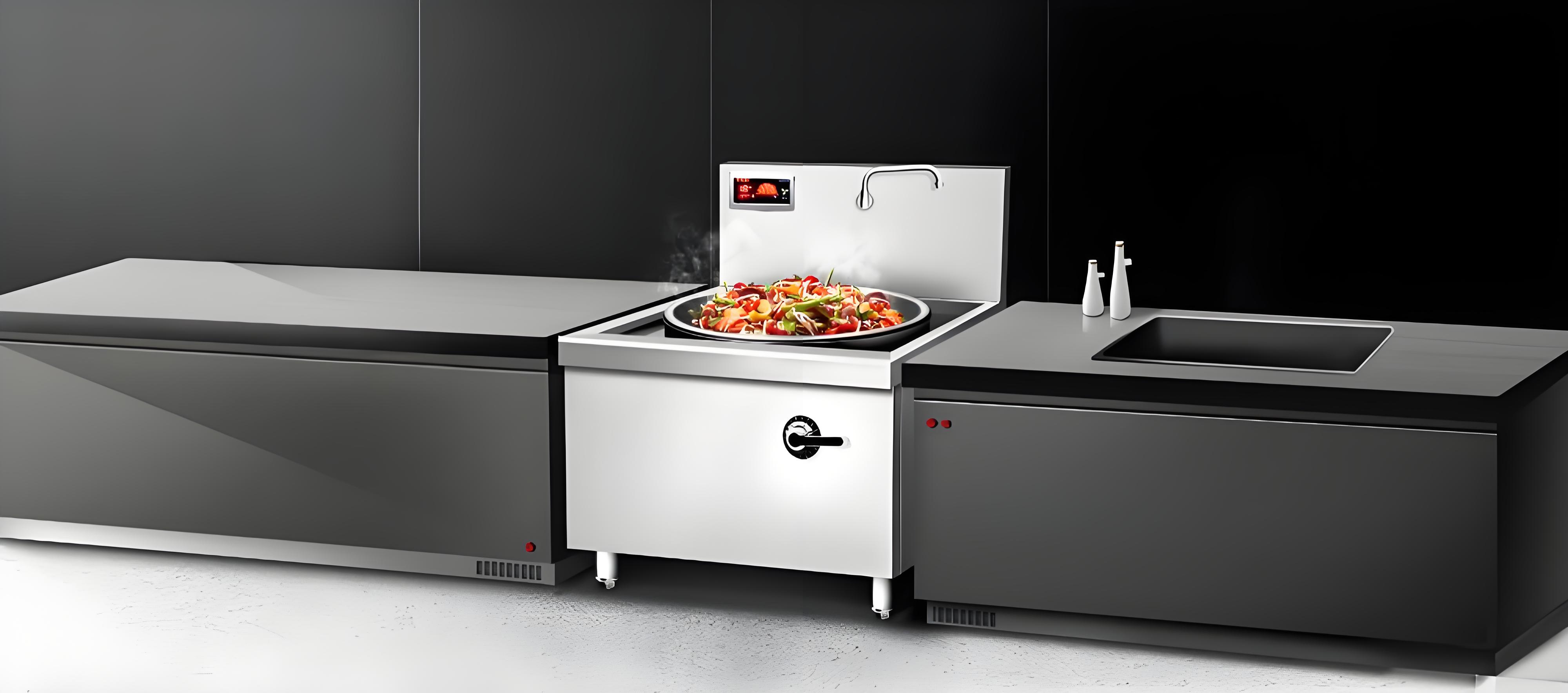
Making the Right Choice for Your Kitchen
Choosing an integrated commercial induction cooktop depends on your operation’s priorities. Here’s how to decide if it’s the right fit:
When to Choose Integrated Induction Cooktops
Permanent, High-Volume Kitchens: If you run a restaurant, hotel, or banquet hall with a fixed layout, the power and efficiency of integrated units like the Garland Built-In Line are ideal.
Open Kitchens: The sleek aesthetic is perfect for fine-dining or open-concept restaurants where presentation matters.
Energy-Conscious Operations: If reducing utility bills is a priority, the energy efficiency of these units can pay off over time.
Safety-Focused Teams: Kitchens with large or rotating staff benefit from the safety features and easy cleaning.
When to Consider Alternatives
Budget-Limited Operations: If the upfront cost is too steep, portable units like the CookTek MagnaWave offer similar performance at a lower price.
Flexible or Mobile Setups: Food trucks, catering businesses, or pop-ups may find portable cooktops more practical due to their portability.
Limited Electrical Capacity: If your kitchen can’t support 208–240V power, you’ll need to factor in electrical upgrades or opt for lower-wattage models.
Overcoming Common Challenges
Here are some practical tips to address the drawbacks of integrated induction cooktops:
Budget Planning: Factor in both the unit and installation costs upfront. Look for financing options from suppliers or consider leasing to spread out expenses.
Cookware Transition: Test your existing cookware with a magnet to see what’s compatible. Budget for a few high-quality induction-ready pans, like those from All-Clad or Demeyere, to start.
Staff Training: Host a hands-on demo to familiarize your team with the controls. I’ve found that a 30-minute session can boost confidence and reduce errors.
Electrical Upgrades: Work with a licensed electrician to assess your kitchen’s power capacity before purchasing. This can prevent costly surprises during installation.
Maintenance Plan: Partner with a reliable service provider to minimize downtime. Keep a spare portable unit on hand as a backup for emergencies.
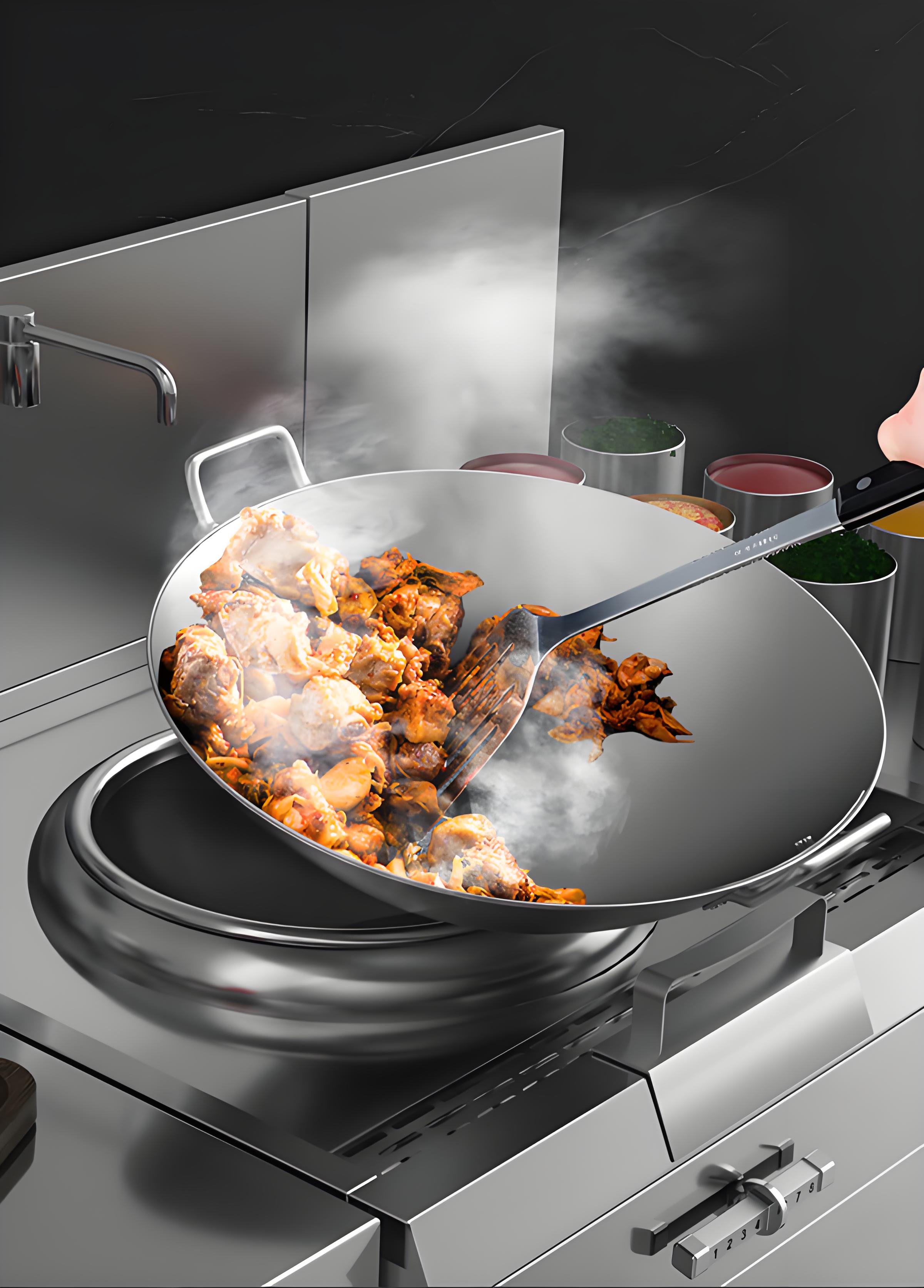
The Bigger Picture: Why Integrated Induction Is Gaining Traction
The rise of integrated commercial induction cooktops reflects broader trends in the industry. As kitchens prioritize sustainability, safety, and efficiency, these units are becoming a natural choice. I’ve noticed more new restaurants designing their lines around induction from the start, especially in urban areas with strict fire codes. The modern aesthetic also aligns with the growing popularity of open kitchens, where equipment is part of the dining experience.
Looking ahead, I expect integrated induction to become even more common as technology improves and costs come down. Brands are already introducing smart features, like remote diagnostics and programmable settings, which could further boost their appeal.
Final Reflections
Integrated commercial induction cooktops offer a compelling mix of power, precision, and style, making them a fantastic choice for many professional kitchens. Their energy efficiency, safety features, and sleek design are hard to beat, especially for high-volume or open-concept setups. However, the high upfront cost, installation complexity, and cookware requirements mean they’re not for everyone.
From my years in the industry, I’ve learned that the best equipment decisions come down to understanding your kitchen’s unique needs. If you’re ready to invest in a long-term solution that elevates your cooking and workspace, an integrated induction cooktop could be a game-changer. Just make sure to plan for the installation, train your team, and choose a model that matches your workflow.
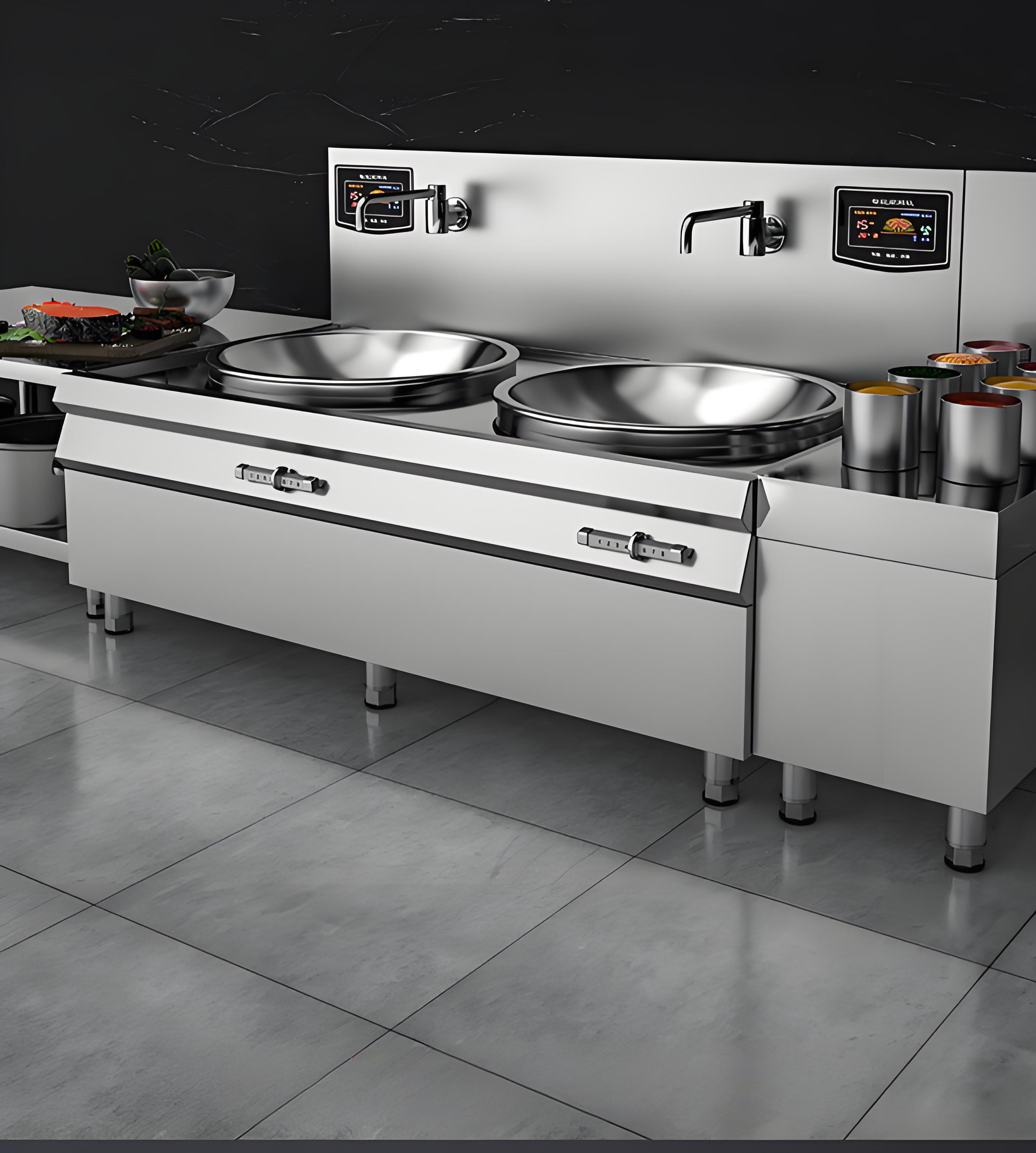
Related Questions and Answers
Q: Can I install an integrated induction cooktop in an existing kitchen?
A: Yes, but you’ll need to ensure your kitchen has the right electrical setup (typically 208–240V) and enough counter space. Consult an electrician and a kitchen designer to avoid surprises.
Q: Are integrated induction cooktops worth the cost?
A: For high-volume or image-conscious kitchens, the energy savings, safety, and professional look often justify the investment. Smaller operations may find portable units more cost-effective.
Q: How do I clean an integrated induction cooktop?
A: Use a soft, damp cloth with mild detergent to wipe the ceramic glass surface after it cools. Avoid abrasive cleaners to prevent scratches, and clean spills promptly to avoid staining.
Q: Can I use my existing pots and pans with an integrated induction cooktop?
A: Only ferromagnetic cookware (like cast iron or certain stainless steels) works. Test with a magnet—if it sticks, the pan is compatible. Otherwise, budget for new cookware.
